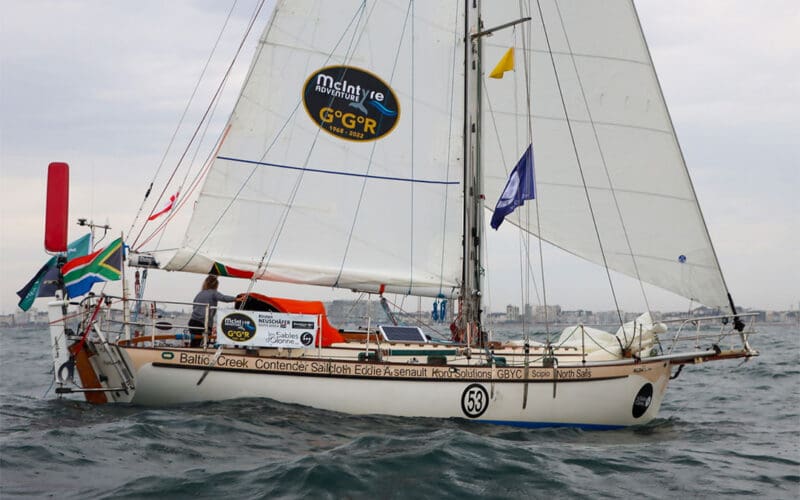At 1815 UTC on January 27, 2022 Golden Globe racer Simon Curwen alerted the race committee that he’d broken his Hydrovane self-steering gear. He had been in first place 1,200 miles northwest of Cape Horn, had just weathered a deep depression with 40-knot winds and 20-foot seas and had started sailing comfortably again when Clara, his Biscay 36, surged off a post-storm wave and sheered a shaft between wind vane and steering unit. The Hydrovane website shows this part is not included in the recommended offshore spare parts kit and, to save weight, Curwen did not carry an extra. Southern…
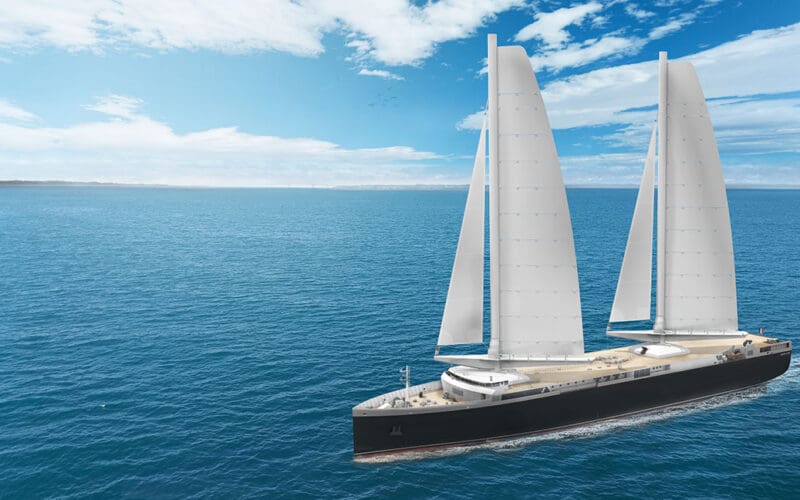
It took less than a century for steam-powered ships to replace sailing ships for cargo carrying. For a brief time the great clippers were fitted with engines but ultimately they couldn’t compete and disappeared by the end of the 19th century. At least in the Western world, trade has been carried on through engine-powered vessels ever since. Now with concerns over climate change the carbon footprint of fossil fuels is coming under fire in shipping as it is in all sectors of transportation where engines are used. The International Maritime Organization’s updated mandatory carbon-reduction measures call for cutting the carbon…
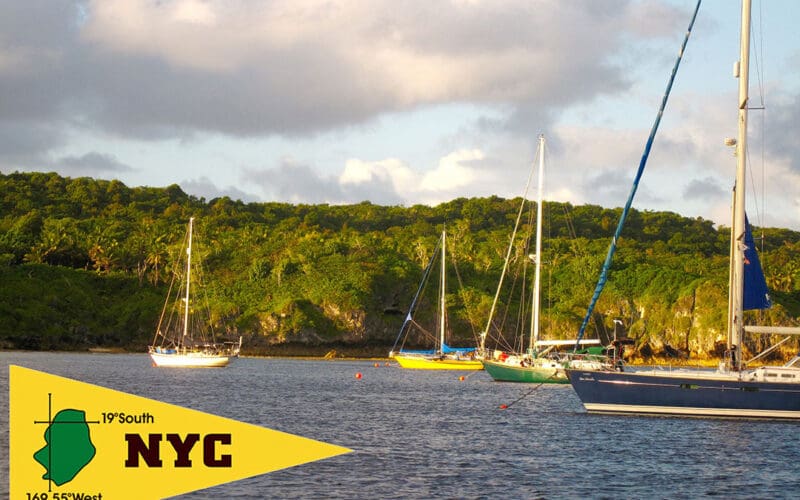
Most yacht clubs have plenty of members ready to share the tasks of club administration. What about a small club in a remote place? What happens when a tiny club doesn’t have the membership to continue? That was the situation facing the tiny Niue Yacht Club (somewhat ironically referred to by the initials of one of the largest cities in the world) on the South Pacific island of Niue, a 100-square mile coral outpost sited 326 nautical miles northeast of Tonga and 1,295 nautical miles northeast of New Zealand. Luckily for voyagers who visit NYC’s mooring field and simple clubhouse,…
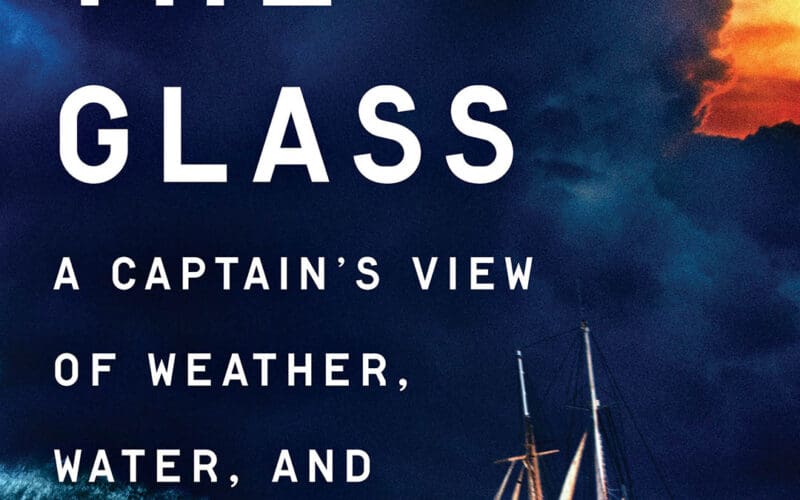
READING THE GLASS: A Captain’s View of Weather, Water, and Life on Ships by Elliott Rappaport Dutton, 323 pages: $28 Works about the sea are a peculiar literary institution. The best of them offer a harsh unblinking portrait of the mariner’s essential solitude and isolation. Elliot Rappaport, shipmaster, scholar, gifted writer, does this with perception and compassion. But he also provides much more: a richly embroidered text that interweaves his narrative with a tale of wind and weather and the history of seafaring and exploration. Of particular note is his understandable obsession with storms at sea as well as his…

When a marine electronics concept achieves big success, it often migrates across multiple platforms and products until it becomes a nearly omnipresent part of the marine electronics environment. This happened with GPS and is now occurring with the automatic identification system (AIS). AIS is now embedded in multiple products and has grown far beyond its original implementation. In its fledgling years, GPS, for example, was confined to bulky, dedicated receiver boxes. The screen on early GPS receivers gave you a readout in latitude and longitude. You had to manually plot the numbers on your paper chart — imagine that! Early…
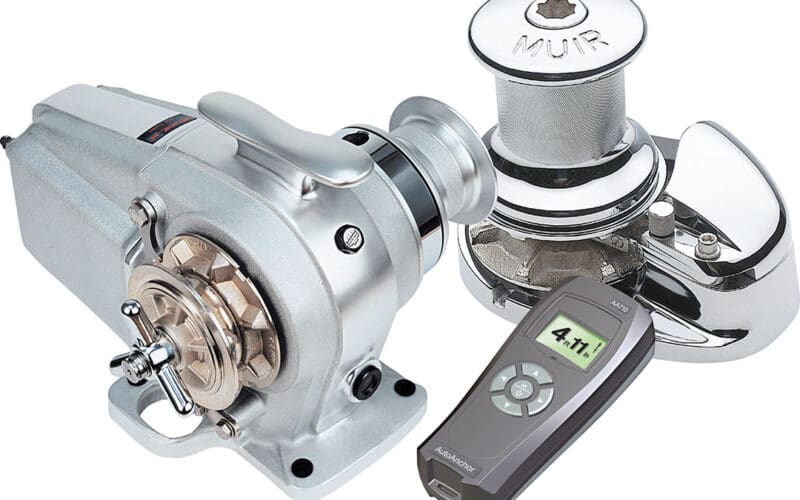
At the dinghy dock the other day, a cruiser, clearly frustrated, was grumbling, “I bought all of this chain and I just can’t get it to work in my windlass!” Unfortunately, we hear laments like this all too frequently, but it doesn’t have to be. For voyagers looking to get the right chain the first time for their power voyaging boats it’s helpful to understand chain manufacturing standards, grades, sizing, and when necessary, its fitment to a gypsy. First off, if a windlass is not involved then just about any chain can be used as long as it has the…
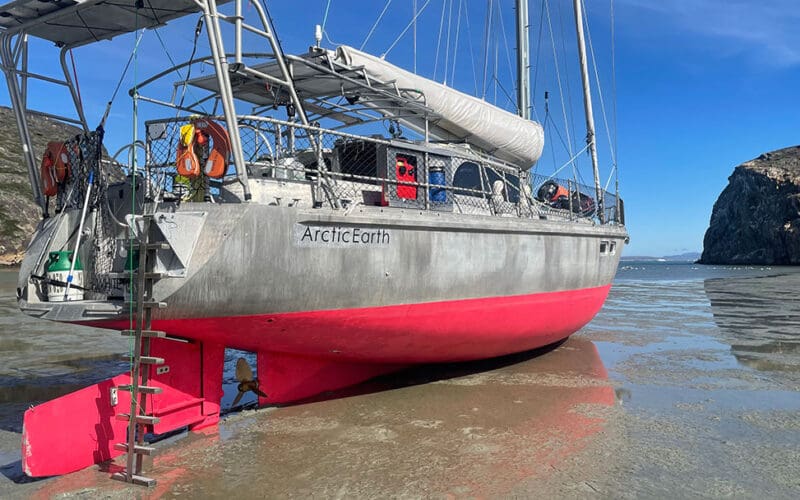
Summertime, north of the Arctic Circle, and the expedition vessel ArcticEarth is sailing in coastal waters where the charts do not show depths. With vigilance, Captain Magnus Day and Mate Julia Prinselaar are moving the boat northward. Their goal is to be fully ready, provisioned, and in position next week for two upcoming charters in Disko Bay, on the west coast of Greenland. Disko has the reputation of an exciting place with lots of ice (one glacier dumps 35 billion tons of ice into the sea each year at a flow rate that can exceed 150 feet per day… that’s…
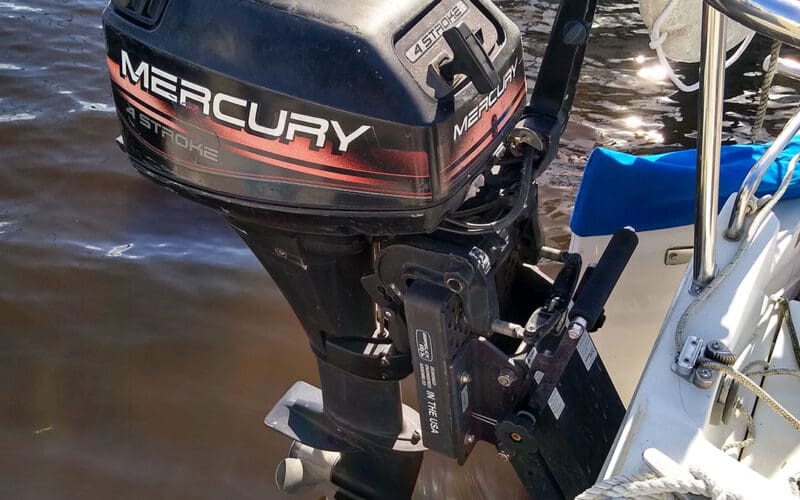
Early in the morning, on a calm and beautiful Saturday I pushed off from a dock on a friend’s Catalina 25, bound for a distant race on the St. Johns River. But it was not to be: before the Ortega Bridge had even opened the 1996 four-stroke outboard engine began to shudder. It stopped, and after a check of the gas tank and several impassioned pulls the best it would do was to run at idle, wheezing and coughing — protesting that we had awakened it so early. I looked at Richie, then pushed the tiller hard over and we…

The waters around Cape Hatteras are the subject of much research with the most interesting —from a cruiser’s point of view — being a study of currents. Recent research from a collaboration between the U.S. National Science Foundation and researchers from the University of North Carolina, Chapel Hill, provides some of the best insights available for this complicated area. A study called Processes driving Exchange At Cape Hatteras Program (PEACH) just completed, with additional research to follow. Figure 1 is a PEACH graphic showing the complicated systems of currents impacting boats transitioning through the area. The purple arrow denotes…
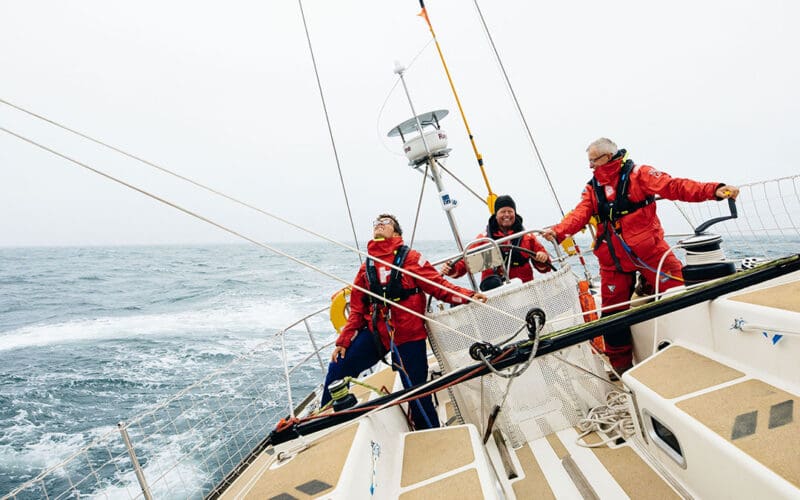
We had tacked past the mighty seamark that is Barra Head and out past St Kilda, carrying a reduced sail plan into the wide Atlantic on our passage from Oban in Scotland to Reykjavik in Iceland aboard the Clipper 68 CV6, operated by Skirr Adventures, based in the UK. We were accompanied by a second Skirr Adventures boat CV11. The rising sun was scraping filigree from the wavetops and burnishing the clouds’ undersides. The watch was alert on these night-blue ocean swells. Then — a blowspout. Only one, and it was huge. Then all suggestions of its existence disappeared. ‘Did…

